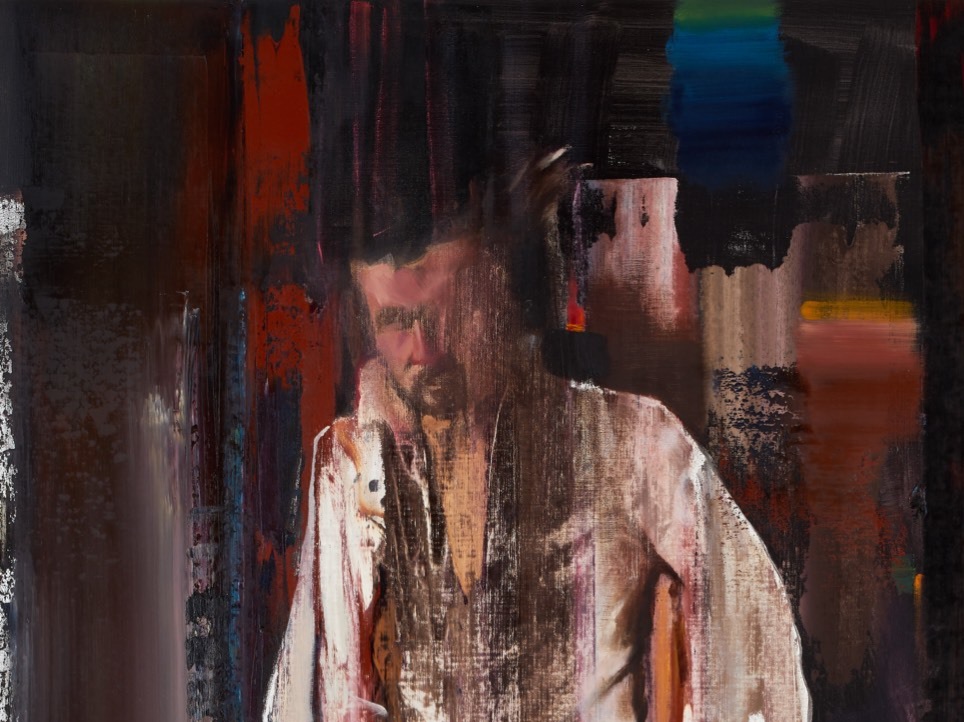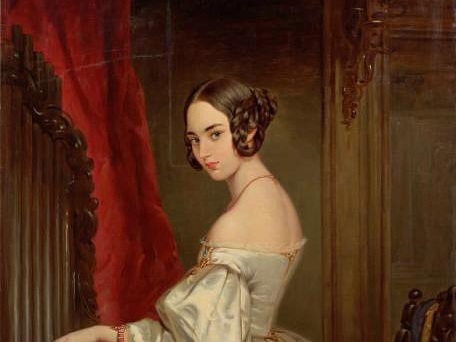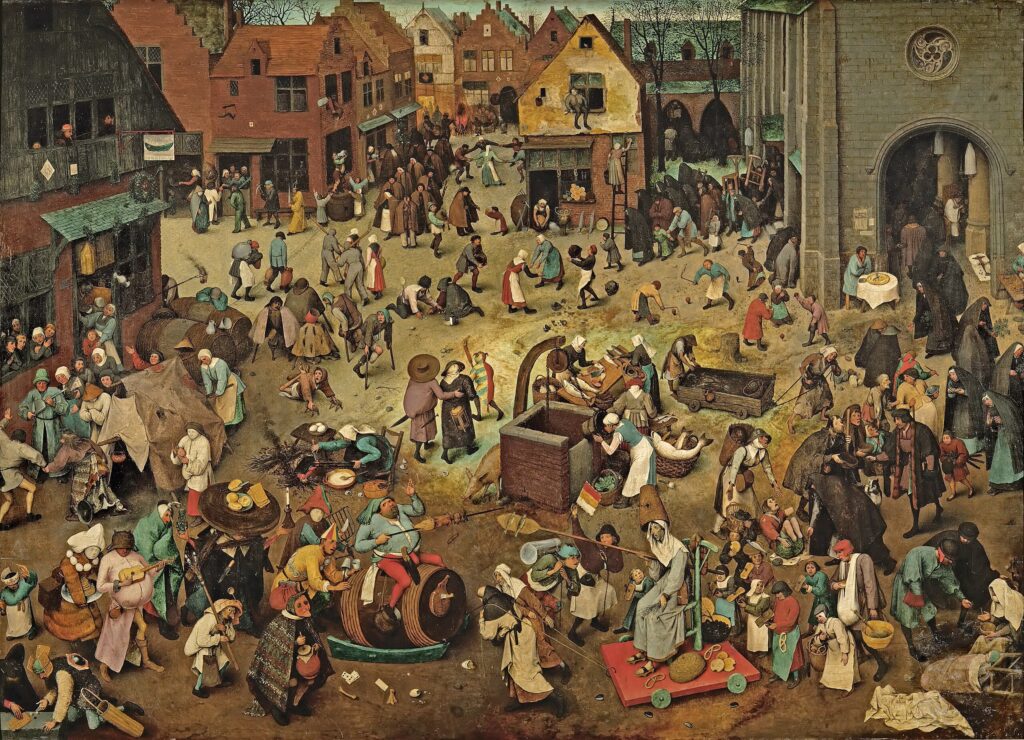Léon Spilliaert, a Belgian symbolist painter, was known for his ability to create evocative and introspective artworks. Among his notable works, “Self-Portrait” (1907) stands out as a haunting and enigmatic piece. In this article, we will delve into the captivating atmosphere of Spilliaert’s self-portrait, exploring the elements that contribute to its haunting allure.
In Spilliaert’s “Self-Portrait,” darkness plays a pivotal role in establishing the haunting atmosphere. The artist skillfully employs a limited palette, predominantly consisting of deep shades of black and gray. The darkness envelops the figure, creating a sense of isolation and introspection. The absence of vibrant colors adds to the somber ambiance, emphasizing the introspective nature of the self-portrait.
The Intensity of Light
Amidst the darkness, Spilliaert strategically places a source of light to illuminate his self-portrait. The light, often emanating from an unseen and mysterious origin, casts dramatic shadows on the artist’s face. This interplay between light and shadow enhances the enigmatic quality of the painting, capturing the viewer’s attention and evoking a sense of intrigue. The contrast between light and dark intensifies the haunting atmosphere, as if the figure is caught in a perpetual state of self-reflection.
The Expression of Solitude
Spilliaert’s self-portrait exudes a profound sense of solitude and introspection. The artist depicts himself with a pensive expression, his eyes deeply contemplative and his features partially obscured by shadows. The absence of any external context or background further enhances the feeling of isolation. This introspective portrayal invites viewers to explore their own emotions and thoughts, resonating with the universal experience of introspection and solitude.

Symbolism and Surrealism
Spilliaert’s self-portrait incorporates elements of symbolism and surrealism, contributing to its haunting atmosphere. The elongated, distorted figure adds an otherworldly quality to the painting, blurring the boundaries between reality and the artist’s inner world. The use of symbolism, such as the enigmatic objects and the mysterious light source, further adds to the sense of mystery and introspection. These artistic choices heighten the ethereal and haunting nature of the self-portrait.
Capturing the Inner Psyche
“Self-Portrait” serves as a window into Spilliaert’s inner psyche, capturing his emotions and inner struggles. The haunting ambiance reflects the artist’s introspective nature, as he delves into the depths of his own thoughts and emotions. The painting becomes a visual representation of the artist’s inner world, inviting viewers to engage with their own introspective journeys. The enigmatic atmosphere of the self-portrait acts as a mirror, reflecting the complexities of the human psyche.
Influence of Symbolist Movement
Spilliaert’s “Self-Portrait” is deeply rooted in the Symbolist movement of the late 19th and early 20th centuries. The Symbolists sought to express emotions, dreams, and the subconscious through art, often employing enigmatic and haunting imagery. Spilliaert’s self-portrait aligns with the Symbolist aesthetic, capturing the essence of the movement with its introspective atmosphere and mysterious symbolism.
Conclusion
Léon Spilliaert’s “Self-Portrait” (1907) is a captivating artwork that evokes a haunting and introspective atmosphere. Through the masterful use of darkness, light, symbolism, and surreal elements, Spilliaert draws viewers into his inner world and invites them to reflect on their own experiences of solitude and introspection. The self-portrait’s enigmatic allure, influenced by the Symbolist movement, continues to resonate with audiences, showcasing the enduring power of Spilliaert’s artistic vision.





